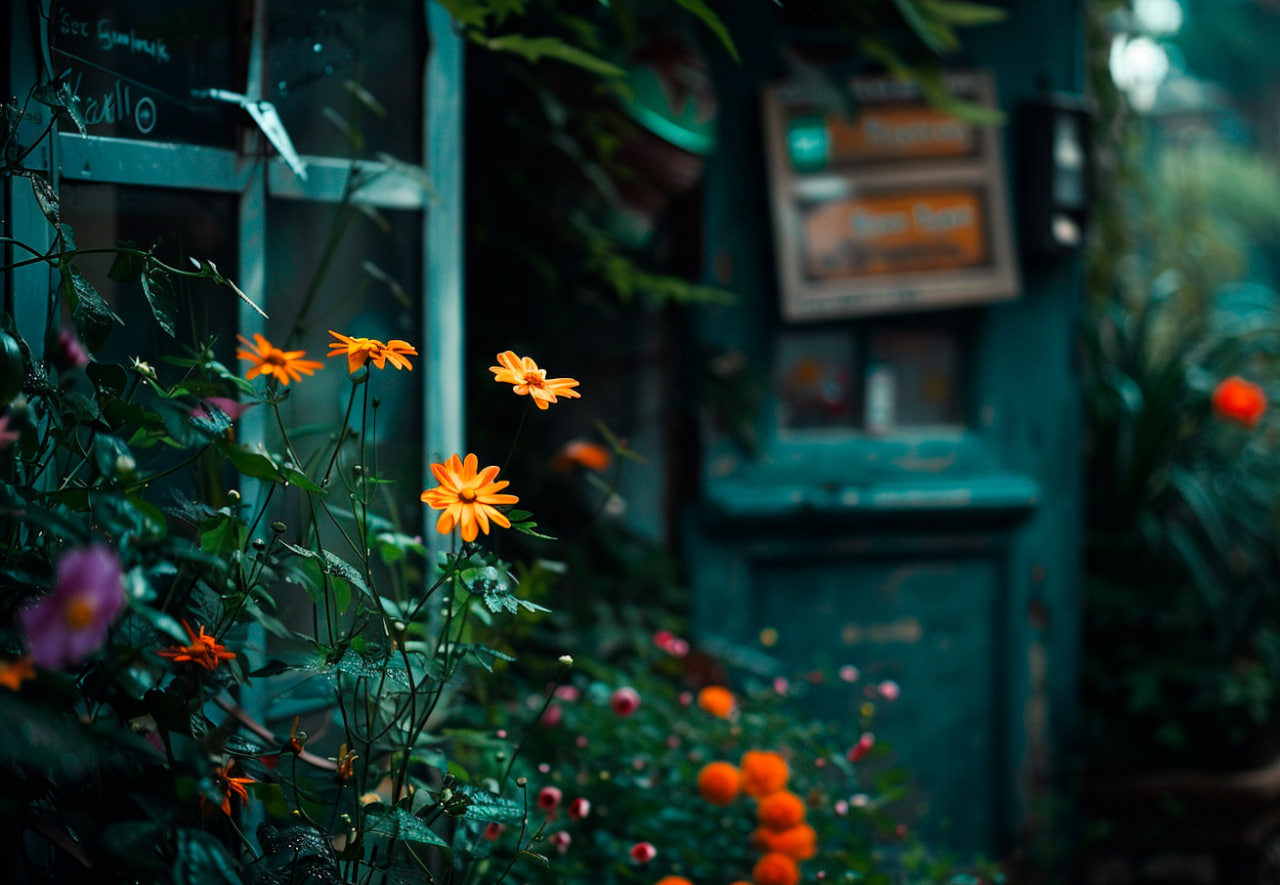Creating a butterfly garden is a wonderful way to support local ecosystems, enjoy the beauty of these vibrant insects, and engage in a rewarding gardening project. Starting a butterfly garden from seeds can be a cost-effective and fulfilling way to attract butterflies to your backyard. Here’s a step-by-step guide to help you create a flourishing butterfly garden with seeds.
1. Choose the Right Location
Butterflies love sunlight, so choose a sunny spot in your garden that receives at least 6 hours of direct sunlight each day. The area should also be sheltered from strong winds to provide a safe haven for butterflies to feed and lay eggs.
2. Select the Right Plants
Butterflies are attracted to certain plants for nectar and as host plants for their larvae. Here are some popular choices:
Nectar Plants:
- Milkweed (Asclepias spp.): Essential for monarch butterflies.
- Coneflower (Echinacea spp.): A favorite among many butterfly species.
- Lantana (Lantana camara): Produces clusters of small, colorful flowers.
- Zinnia (Zinnia spp.): Bright, long-lasting blooms.
- Butterfly Bush (Buddleja spp.): Known for its attractive, fragrant flowers.
Host Plants:
- Milkweed (Asclepias spp.): Vital for monarch caterpillars.
- Parsley (Petroselinum crispum): A host plant for swallowtail butterflies.
- Fennel (Foeniculum vulgare): Attracts swallowtail butterflies.
- Dill (Anethum graveolens): Another host plant for swallowtails.
3. Prepare the Soil
Butterflies prefer well-drained soil. Prepare your garden bed by tilling the soil to a depth of about 12 inches. Remove any weeds, rocks, or debris. Enrich the soil with compost or organic matter to improve its fertility and drainage.
4. Sow the Seeds
Follow these steps to sow your seeds:
- Read Seed Packets: Each plant has specific planting instructions. Read the seed packets carefully to understand the planting depth and spacing requirements.
- Plant at the Right Time: Most butterfly-friendly plants are best sown in the spring after the last frost. Some seeds can be started indoors 6-8 weeks before the last frost and then transplanted outside.
- Sow Seeds Evenly: Scatter the seeds evenly across the prepared soil. Lightly press the seeds into the soil or cover them with a thin layer of soil, as specified on the seed packet.
5. Water and Maintain
- Watering: Keep the soil consistently moist until the seeds germinate. After that, water the garden regularly, but avoid overwatering. Early morning is the best time to water.
- Mulching: Apply a thin layer of mulch around the seedlings to help retain moisture and suppress weeds.
- Weeding: Keep the garden bed free of weeds, especially while the plants are young and establishing.
6. Provide Butterfly Essentials
- Puddling Areas: Butterflies need water, but they prefer shallow puddles rather than deep water sources. Create a puddling area by placing a shallow dish filled with sand and water in the garden.
- Rocks for Sunbathing: Butterflies are cold-blooded and need to sunbathe to warm up. Place a few flat rocks in sunny spots within your garden.
7. Avoid Pesticides
Pesticides can be harmful to butterflies at all life stages. Avoid using chemical pesticides in your butterfly garden. Instead, encourage natural predators like ladybugs and birds to control pests.
8. Be Patient and Enjoy
It may take a few weeks to a couple of months for your garden to start attracting butterflies, depending on the plants you’ve chosen and the local butterfly population. Be patient and enjoy the process of watching your garden grow and transform into a butterfly haven.
By following these steps, you’ll create a vibrant and welcoming environment for butterflies in your backyard. Not only will you be supporting local wildlife, but you’ll also have a beautiful and lively garden to enjoy throughout the season. Happy gardening!

Leave a Reply